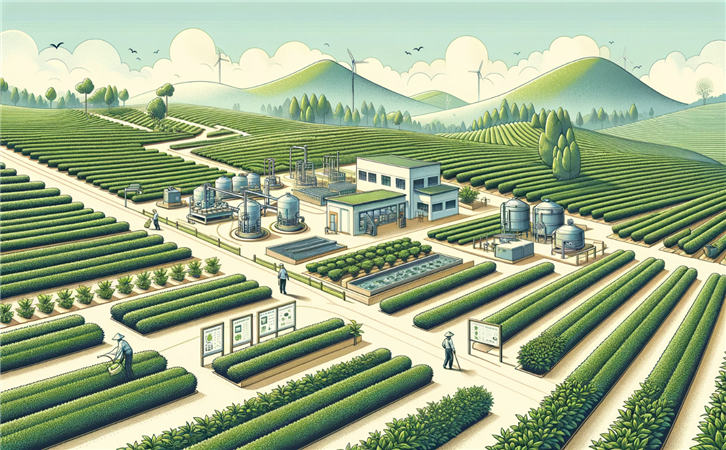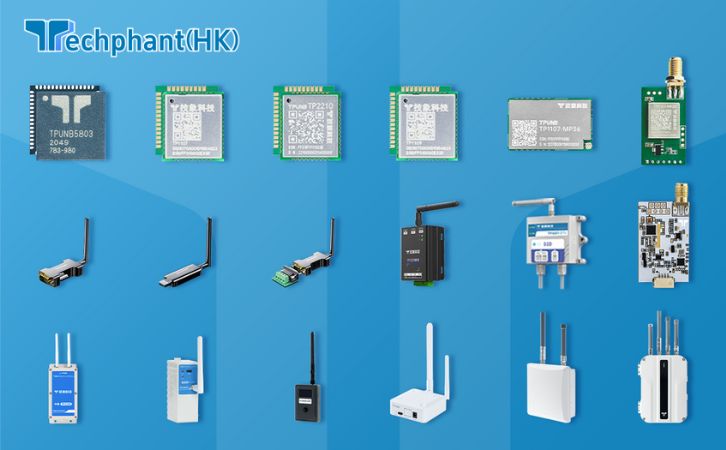Smart Agriculture (also known as precision agriculture or digital farming) refers to the use of advanced technologies to optimize farming practices, improve efficiency, and enhance sustainability. It integrates tools like the Internet of Things (IoT), artificial intelligence (AI), big data, drones, robotics, and sensors to monitor and manage agricultural operations intelligently.
Advantages of Smart Agriculture
Increased Yield and Efficiency: Smart agriculture leverages technologies like IoT, AI, and robotics to optimize crop production, reduce resource waste, and enhance productivity. For example, smart greenhouses can save up to 14% of water and reduce fertilizer use by 31% while increasing crop yields by 10–20% .
Resource Optimization: Advanced sensors and data analytics enable precise monitoring of soil, water, and nutrient conditions, minimizing waste and improving resource utilization. Techniques like machine vision and phenotyping further enhance seed quality and crop yield .
Environmental Sustainability: By reducing chemical inputs and promoting climate-smart practices, smart agriculture minimizes environmental impact. For instance, it reduces greenhouse gas emissions and supports regenerative agriculture .
Cost Reduction and Labor Savings: Automation and precision farming techniques lower labor costs and operational expenses. Mechanical harvesting can reduce costs by 10–30 times compared to manual labor .
Data-Driven Decision-Making: Real-time data from sensors and satellites allows farmers to make informed decisions, improving crop management and predictive analytics .
Scalability and Market Access: Smart agriculture enhances supply chain efficiency, reduces post-harvest losses, and improves product traceability through technologies like blockchain and QR codes .
Disadvantages of Smart Agriculture
High Initial Costs: Advanced equipment, sensors, and software require significant upfront investment, which is a barrier for small-scale farmers. Installation and maintenance costs further strain budgets .
Technical and Infrastructure Barriers: Many rural areas lack reliable internet connectivity, and farmers often lack the technical expertise to operate smart systems .
Data Security and Privacy Risks: The reliance on IoT and data analytics exposes farmers to cyber threats, data breaches, and privacy violations .
Digital Divide: Large-scale enterprises benefit more from smart technologies, while smallholders face challenges in adopting these solutions due to economic constraints and limited access .
System Complexity and Maintenance: Smart systems require continuous updates and maintenance, which can be costly and technically demanding .
Social and Economic Impacts: Automation may reduce employment opportunities, particularly in labor-intensive sectors, and exacerbate income inequality .
Conclusion
Smart agriculture offers transformative potential for enhancing productivity, sustainability, and resilience in agriculture. However, addressing its high costs, infrastructure gaps, and social challenges is critical for equitable adoption and long-term success.


